Chinese woodblock prints can be traced back to ancient times and are believed to have influenced Japanese ukiyo-e print works, known as "pictures of the floating world." In the last episode of "East Meets West," a four-part art series produced by CGTN, we reveal some of the untold stories of this traditional art and learn how Chinese woodcuts played a prominent role in the nexus of Eastern and Western art.
11:05
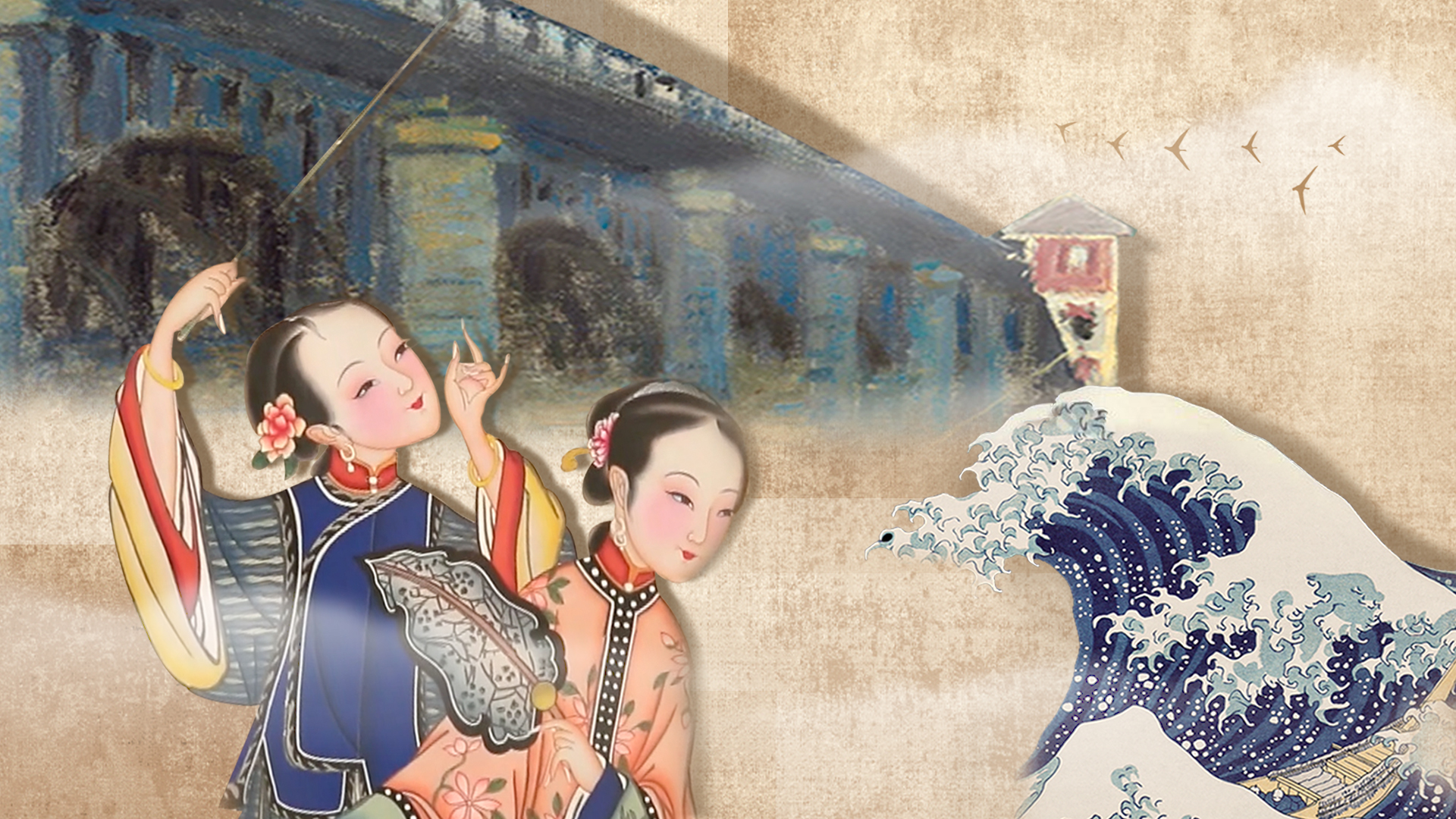
The art of printing developed in China as early as the eighth century, and historical records indicate the earliest use of woodblock illustrations was for religious texts.
The Diamond Sutra, an important Buddhist scripture now residing in the British Museum, is known as the world's earliest printed book. But it wasn't until the late Ming and early Qing dynasties over 300 years ago that Chinese woodblock prints really began to flourish.
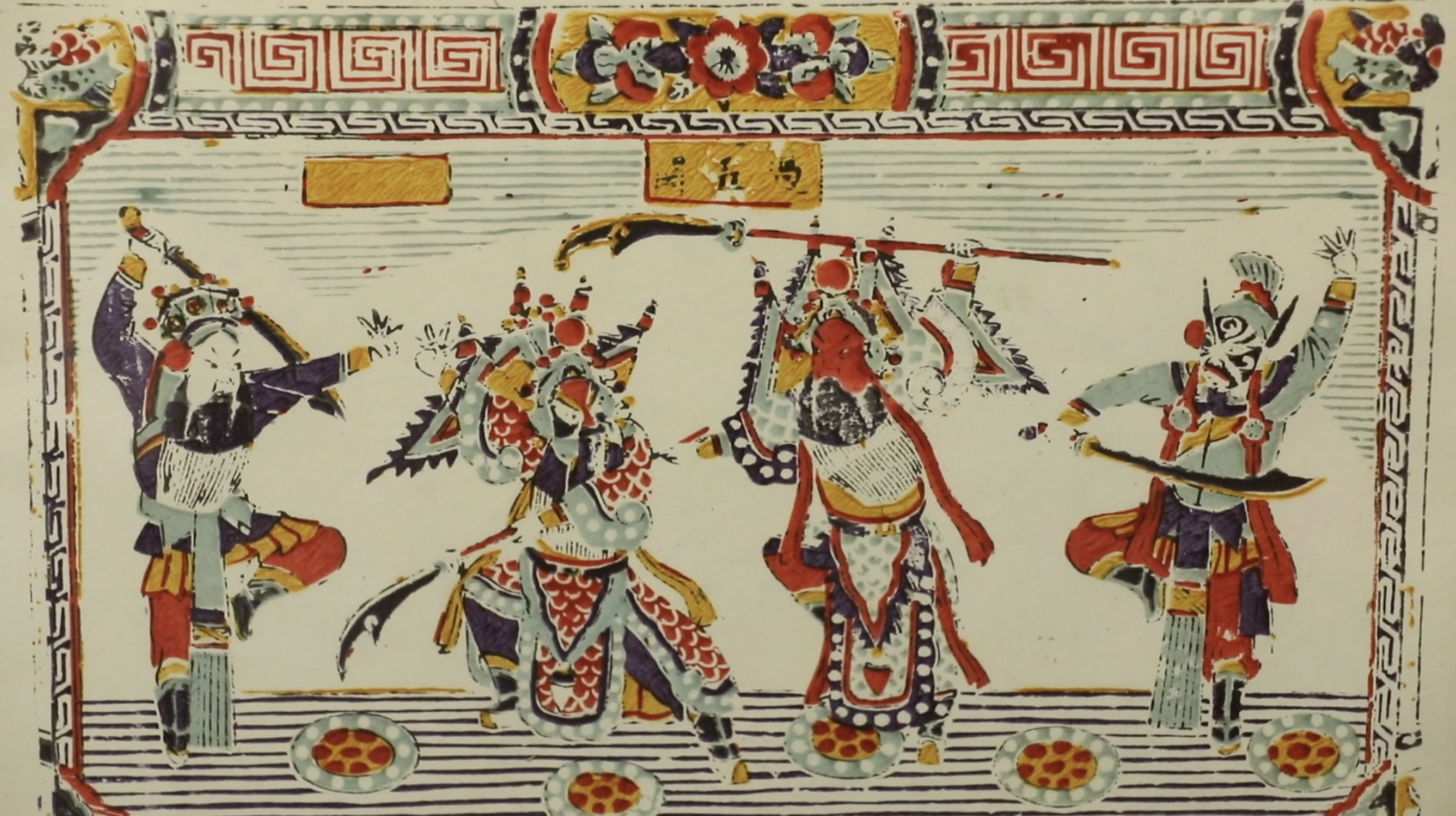
Chinese New Year woodblock prints, or nianhua, flourished hundreds of years ago. /CGTN
Chinese New Year woodblock prints, or nianhua, flourished hundreds of years ago. /CGTN
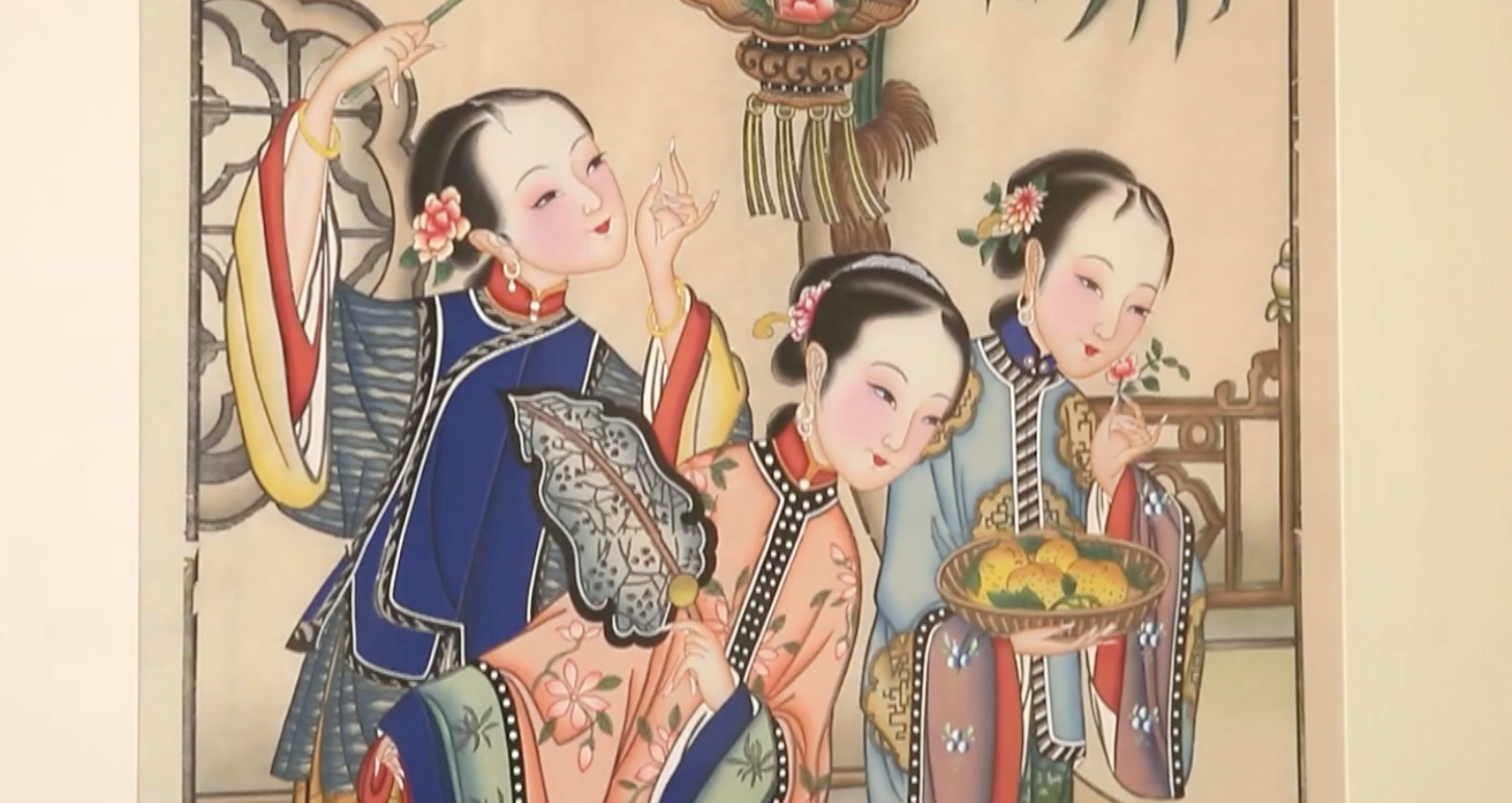
Gusu woodblock prints like this flourished hundreds of years ago in China. /CGTN
Gusu woodblock prints like this flourished hundreds of years ago in China. /CGTN
Whereas more sophisticated ink wash paintings were preferred by those in the upper echelons of Chinese society at that time, the common folk tended to be drawn to Chinese New Year woodblock print, or nianhua, which were usually brightly colored.

Details of Japanese ukiyo-e artist Katsushika Hokusai's "The Great Wave off Kanagawa"/CGTN
Details of Japanese ukiyo-e artist Katsushika Hokusai's "The Great Wave off Kanagawa"/CGTN
During this period, Gusu woodblock prints emerged as another popular Chinese innovation in color printing, mainly originating in Suzhou, Jiangsu. These prints were even exported to Japan.
"When these prints made their way to Japan, they became a much sought-after item. They also made an immense impact on Japanese ukiyo-e," said Li Peng, head of the Exhibition Department at the Yan Huang Art Museum in Beijing. Explaining what the Japanese artisans "inherited" from this Chinese tradition, Li said: "Linear perspectives, color, and the use of chiaroscuro were all techniques they examined closely."
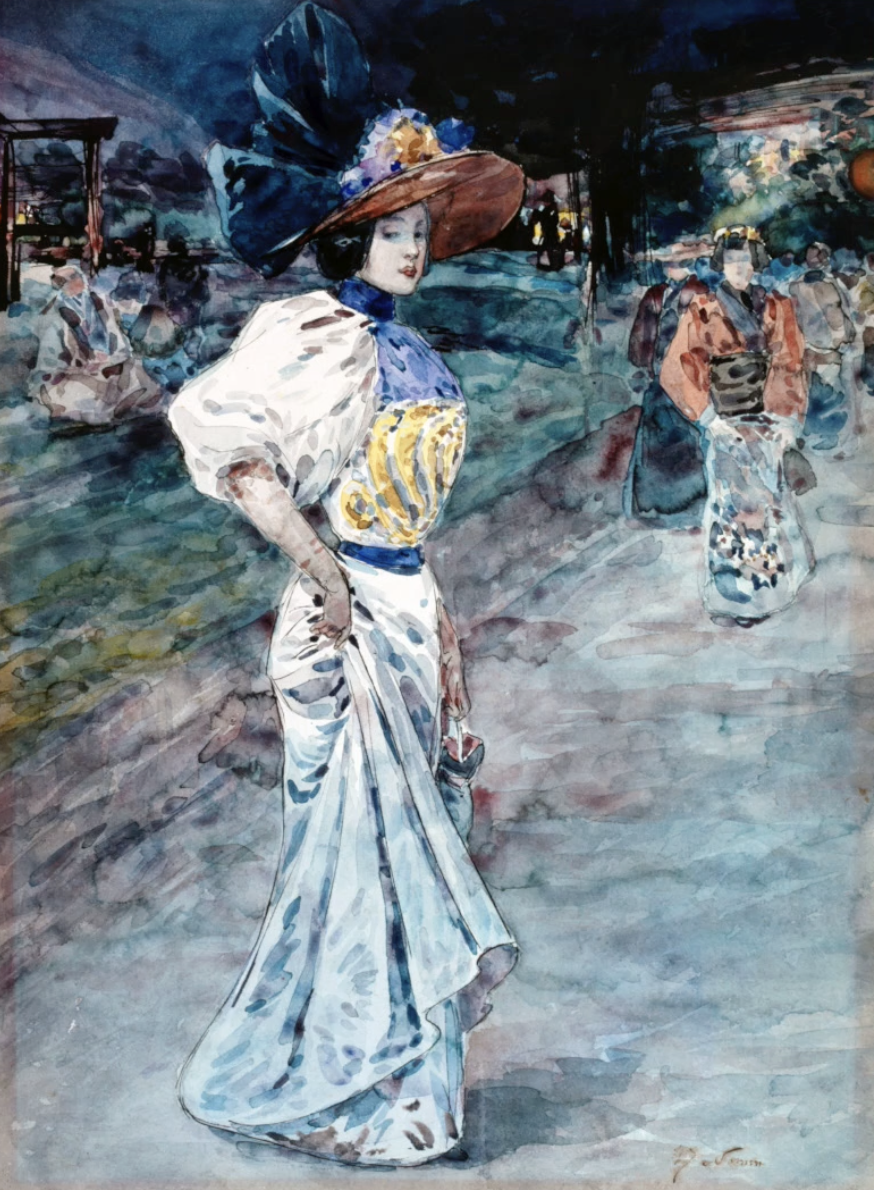
Details of Henry Somm's painting "Elegant in a Japanese Garden" /CGTN
Details of Henry Somm's painting "Elegant in a Japanese Garden" /CGTN
In the late 1800s, a radical art movement was rapidly unfolding in Paris. A group of artists led by Claude Monet rebelled against classical painting subjects as they sought to embrace more modern motifs and themes. When Japanese arts and crafts occupied a pavilion at the World's Fair of 1867 in Paris, a fever spread across Europe for all things "Oriental."
Works by prominent artists bear witness to this fashionable trend. Paintings of women dressed in Japanese kimonos, surrounded by Oriental props, were in vogue. Monet even hopped on the bandwagon with a portrait of his wife. Eric Yuan, president of the Dewey China Center, believes that Japanese ukiyo-e played a prominent role in helping those artists find their own voice.
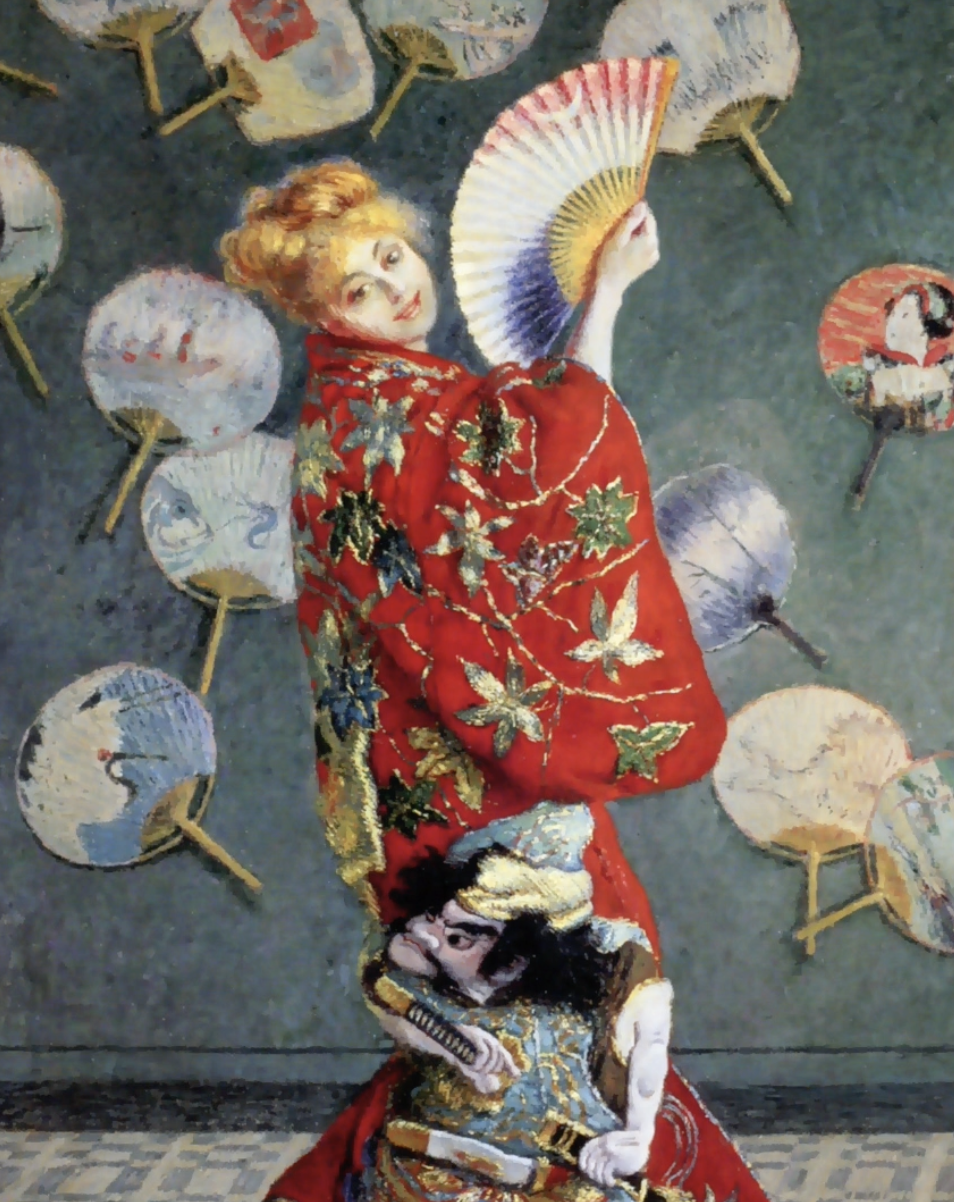
Details of Claude Monet's "La Japonaise" /CGTN
Details of Claude Monet's "La Japonaise" /CGTN
Monet never traveled to Japan, but in his Giverny home he surrounded himself with Japanese woodblock prints. The artistic techniques and pictorial styles of different cultures can often travel great distances. As Li put it, "Gusu prints incorporated printmaking techniques introduced by Western missionaries coming into China during the late Ming era. From that period onwards, Chinese artists mastered the techniques of linear perspective and chiaroscuro, which made their way into Japanese ukiyo-e. Ukiyo-e in turn spurred the Impressionist movement. It's a fascinating story."